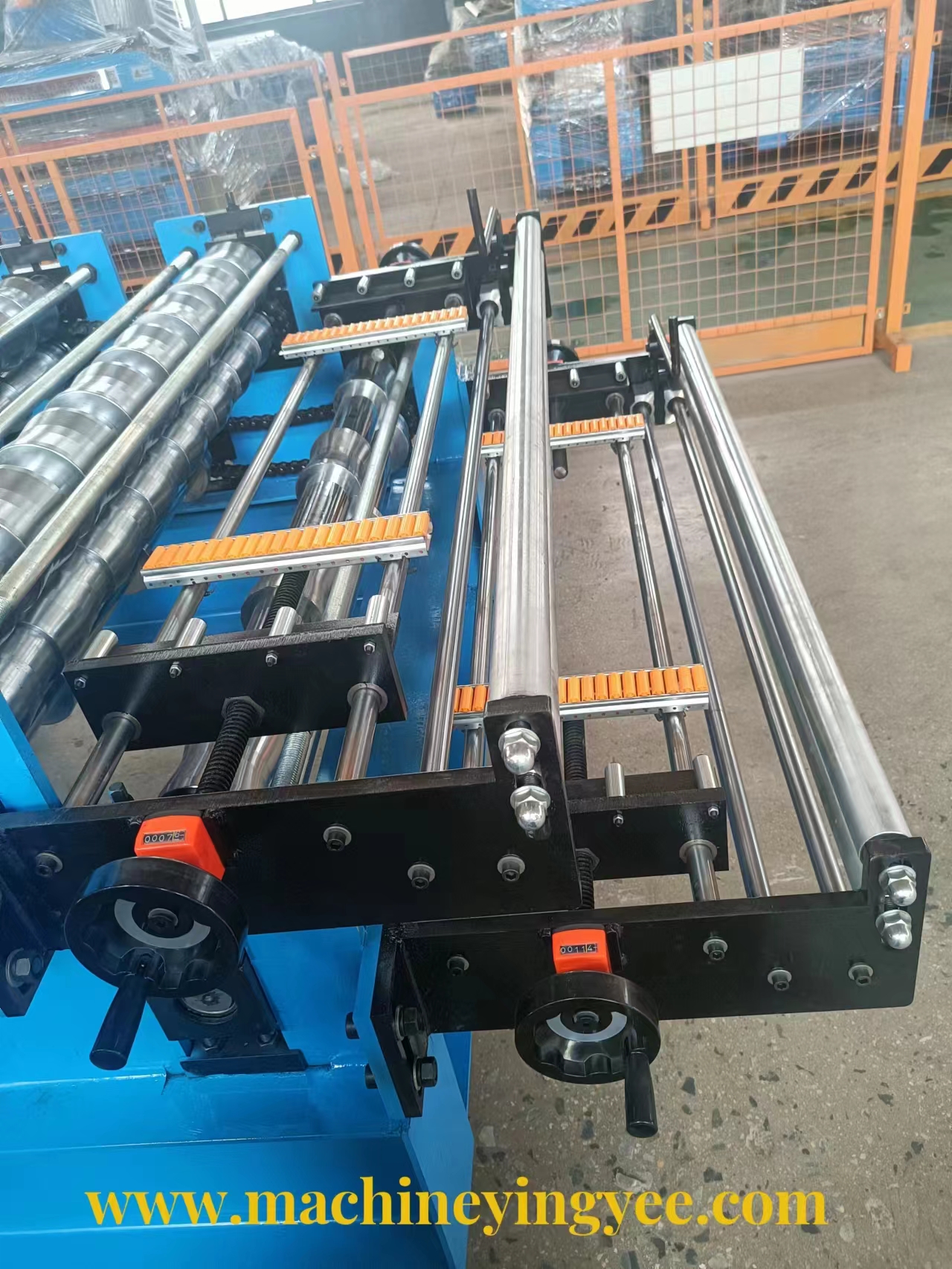
Understanding Slitting Lines A Comprehensive Overview
A slitting line is an advanced piece of industrial machinery used primarily in the metal processing industry. It serves a critical function in converting wide coils of material, typically steel or aluminum, into narrower strips or sheets through a process known as slitting. This operation is essential for manufacturers who require specific widths of flat-rolled products for various applications, ranging from automotive components to electrical appliances.
The operational process of a slitting line can be broken down into several key stages. First, a large coil of metal is unwound and fed through the slitting line. This unwinding process requires precision and alignment to ensure the material is straight and free from defects. Once the coil is securely in place, it moves into the slitting section of the line, where several rotary knives or blades cut the material into narrower widths.
The design of a slitting line includes various components that enhance efficiency and precision. For instance, tension control systems are essential to maintain the appropriate tension on the metal as it moves through the line. This tension prevents the material from buckling or distorting, which could lead to inconsistent slitting and product failure. Additionally, the use of guide rolls and edge trim systems further ensures that the strips produced are uniform and accurate.

Quality control is a significant part of the slitting process. As the metal strips are produced, they undergo thorough inspection to check for dimensional accuracy, surface defects, and overall quality. Many modern slitting lines are equipped with advanced sensors and automated systems that can detect issues in real-time, reducing waste and enhancing productivity.
Once the slitting process is complete, the newly cut strips are typically wound onto smaller coils for storage and transport. This stage is known as recoiling, and it often involves additional features such as automatic coil handling systems to streamline workflow and reduce manual labor. The final products can then be shipped to manufacturers or distributors, ready for further processing or direct application.
The slitting line not only improves production efficiency but also contributes to cost savings for manufacturers by minimizing material waste and reducing the labor involved in manual slitting operations. Furthermore, advancements in technology, such as the integration of IoT (Internet of Things) capabilities, allow for better monitoring and management of the slitting process, leading to continuous improvements in productivity and product quality.
In conclusion, slitting lines are vital assets in the metal processing industry, providing a reliable solution for converting large coils into narrower strips. With their sophisticated technology and efficient design, slitting lines enhance operational efficiency, ensure product quality, and meet the diverse needs of modern manufacturing processes. As industries continue to evolve, the importance of slitting lines will only grow, reinforcing their role as a key component in the supply chain of metal products.